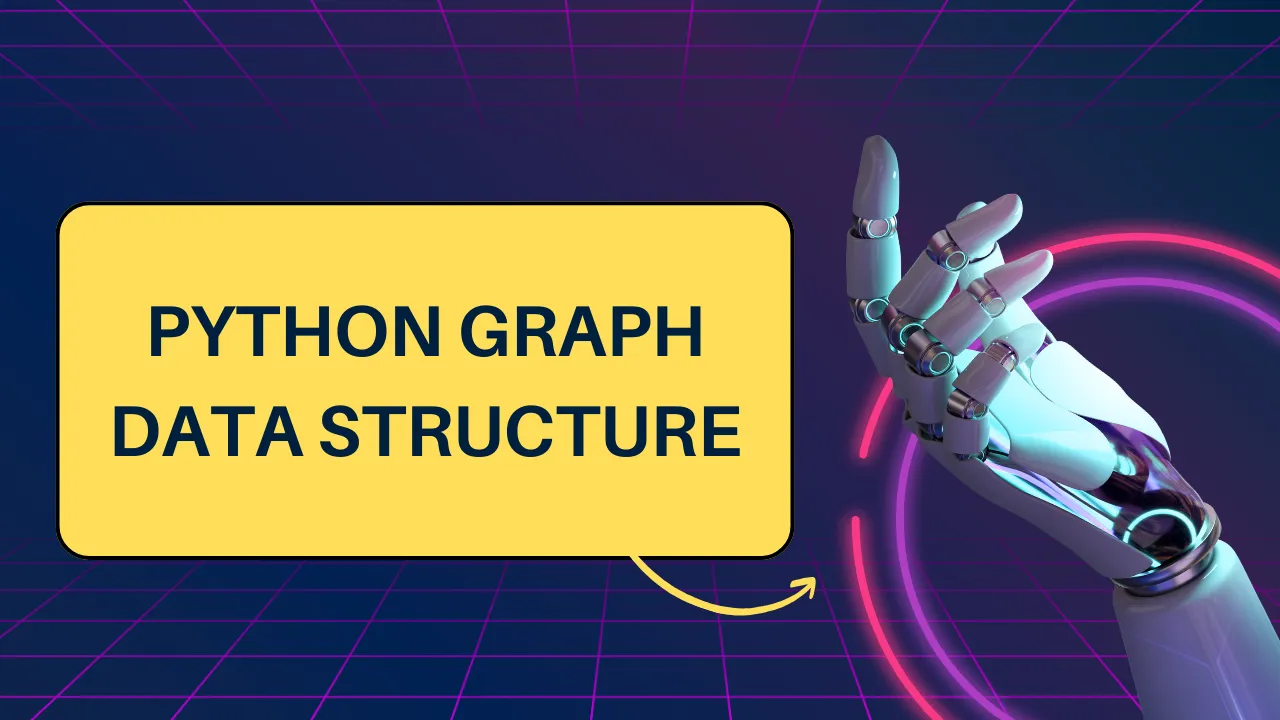

In the world of data structures and algorithms, graphs are an indispensable part. They allow us to model and solve a wide range of real-world problems. In this article, we’ll delve into Python’s graph data structure, exploring its concepts, types, operations, applications, and much more. So, let’s embark on this journey into the fascinating world of graphs with “Python Graph Data Structure” this article.
Graphs, in computer science, are mathematical structures used to represent relationships between various objects. They consist of nodes (vertices) and edges (connections) that define how these nodes are interconnected.
Graphs can be categorized into two main types: directed and undirected. Directed graphs have edges with a specific direction, while undirected graphs have edges with no defined direction. Python provides libraries and tools to work with both types.
Nodes are the fundamental building blocks of graphs, while edges represent the connections between nodes.
In some scenarios, the connections between nodes carry weights, which can represent various metrics, such as distance or cost.
Python supports various types of graphs, including:
In directed graphs, edges have a defined direction, making them suitable for modeling processes with specific flow.
People use undirected graphs to represent symmetric relationships, where the order of connection doesn’t matter.
Python allows you to perform several operations on graphs, such as adding and removing nodes, modifying edges, and traversing the graph.
Graphs find applications in various domains, including social networks, transportation systems, and recommendation engines.
Python’s simplicity and rich ecosystem make it a popular choice for graph-related tasks. It offers libraries like NetworkX, which simplify graph operations.
Efficiently handling large-scale graphs, preventing performance bottlenecks, and optimizing graph algorithms present some of the challenges that graph-related projects encounter.
Let’s delve into real-world scenarios where graphs are used, ranging from social media connections to logistics and network routing.
Python boasts libraries like Network X and i graph, which provide comprehensive tools for creating, analyzing, and visualizing graphs.
Graph algorithms are essential for tasks like finding the shortest path, detecting cycles, and determining connectivity.
Ensuring the accuracy and integrity of graph data is crucial in applications where decisions are based on graph analysis.
In conclusion, Python’s graph data structure is a powerful tool for modeling and solving complex problems. Its versatility, combined with the rich set of libraries and algorithms available, makes it an excellent choice for anyone working with graphs.
What are the fundamental components of a graph data structure?
A graph consists of nodes (vertices) and edges (connections).
How are directed and undirected graphs different?
Directed graphs have edges with a specific direction, while undirected graphs have edges with no defined direction.
What are some common applications of graph data structures?
People use graphs in various applications, including social networks, transportation systems, and recommendation engines.
Which Python libraries are commonly used for working with graphs?
Network X and i graph are popular Python libraries for graph-related tasks.
What challenges are associated with handling graphs in real-world applications?
Efficiently managing large-scale graphs and optimizing graph algorithms pose some of the challenges that graph-related projects encounter.
In this article “Python Graph Data Structure”, we’ve delved into the world of Python graph data structures, covering essential concepts, types, operations, applications, advantages, and challenges. Python’s flexibility and the availability of powerful libraries make it a top choice for graph-related projects. If you have any more questions or need further assistance, don’t hesitate to reach out. Happy graphing!
What is Machine Learning in Hindi मशीन लर्निंग एक तकनीक है जिसे कंप्यूटर सिस्टम विशेष…
Python Programming for Beginners Python is a versatile and beginner-friendly programming language that has gained…
Applications of Python Programming Python is one of the most versatile programming languages out there.…
How to Begin with Python Programming Python is an excellent language for beginners. Its simplicity…
Artificial intelligence course in Hindi आर्टिफिशियल इंटेलिजेंस के साथ आईए। हम आपको एक रोमांचक सफर…
Data Scientist Kaise Bane Data Scientist kaise bane, yeh sawaal aaj kal bahut se yuvaon…